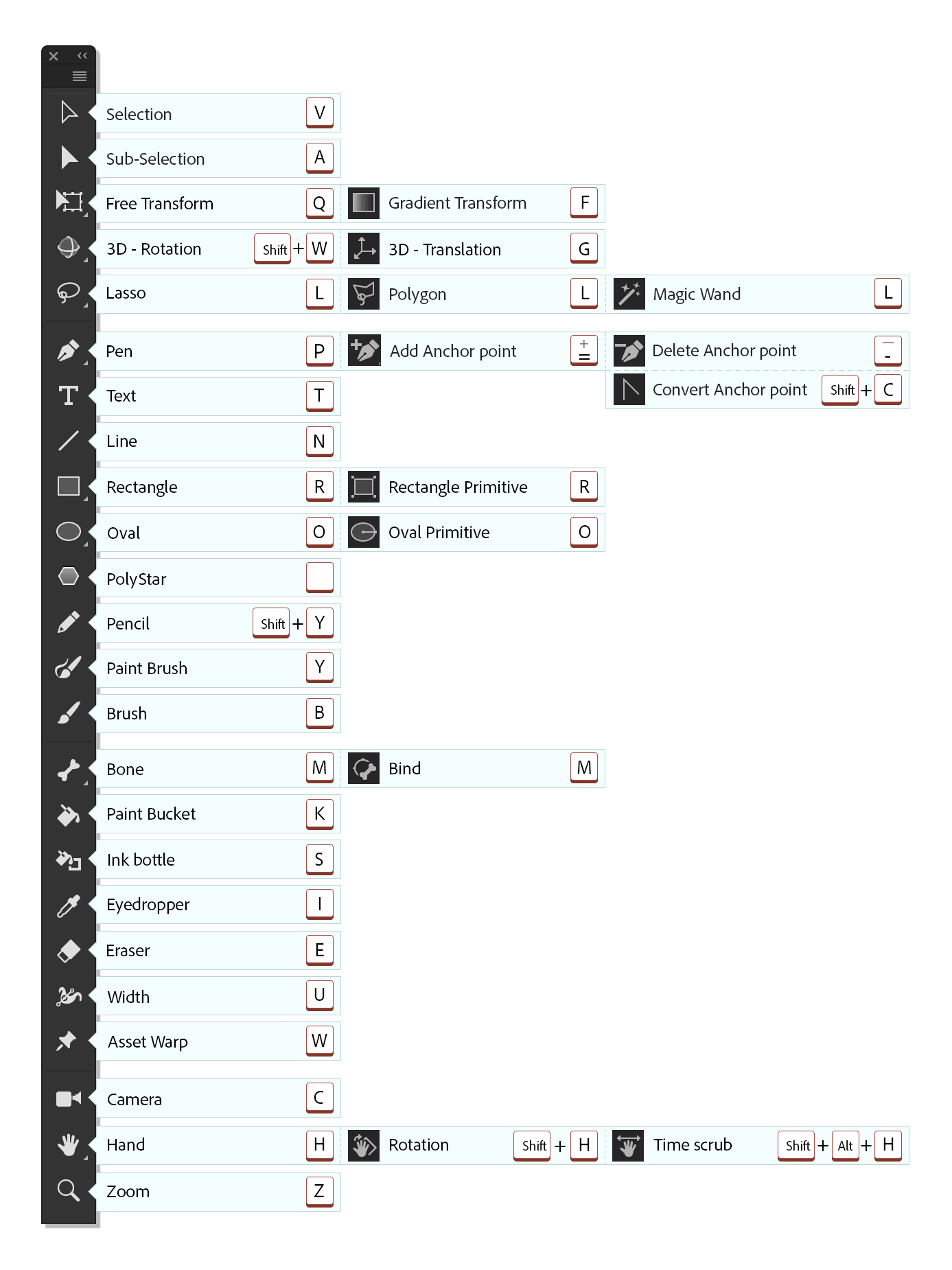It is true that many of the Excel users find the use of keyboard shortcuts to be more efficient to them. Actually, keyboard shortcuts can be the best alternative to using a mouse, as the use of touch screen when working with Excel might not be the best option of people with visual impairment. The use of function keys such as the F4 in Excel as well as the Excel F2 can be very necessary. In this post, we shall look at the function key F4 and its use in Excel.
The F4 key in Excel for Windows is normally a shortcut key to Repeat the last command.In Excel for Mac the F4 key is assigned to the Paste command, which is driving me crazy so I decided to do something about it. Default Excel F4 Keyboard Assignment in Excel for Mac. There are four keyboard shortcuts assigned to the Paste command in Excel for Mac — Shift+Del, Control+V, F4, and Command+V. The Microsoft Excel keyboard shortcut Ctrl+Alt+F5 to Refresh All was one of my favorites until it stopped working. Presently, when I enter that key combination nothing (as far as I can see) happens. I've had to live without it for so long that I can't recall if there was anything specific that was changed prior to it. Note that function keys run from F1 to F12. The F4 key is found in between the Excel F3 function key and the Excel F5 function key. How to use F4 in Excel. Using the F4 key in Excel is quite easy. Think of a situation where you have been working on an Excel worksheet and you want to.
Using F4 in Excel to repeat an action
Have you ever worked on an Excel worksheet and you have had to repeat the same action over and over again? If yes, then you know how tedious, boring and tiresome it might be. Excel offers function keys to help us quickly repeat the last action. The F4 on Excel is the function key that can allow us to repeat the last action as many times as we want. So if you have been thinking about what is F4 in Excel, now you should know that it is simply a function key that can help us repeat the last action in Excel.

How to locate the F4 function key in Excel
Many might have wondered, “Where is the F4 key on Excel?” Well, this key is on the first row of the keyboard where we have the function keys. Note that function keys run from F1 to F12. The F4 key is found in between the Excel F3 function key and the Excel F5 function key.
How to use F4 in Excel
Using the F4 key in Excel is quite easy. Think of a situation where you have been working on an Excel worksheet and you want to repeat the last action multiple times. All you need to do is press and hold Fn and then press and release the F4 key. Alternatively, you can press and hold down the Ctrl key, then press and release the F4 key to repeat the last action. Note that you will have to press and release the F4 function while holding the Fn or Ctrl key as many times as you want the last action repeated.
You can also use the F4 key to change a cell reference. When you select a cell or range in a given formula, you can use the F4 key to cycle through the various combinations to absolute and relative reference.

F5 Excel Macro

You can also use the F4 function key to lock a cell reference.
What to do when the F4 is not working in Excel
There are times when pressing the F4 function key does not yield the desired results. In such a case, it is good to remember that the problem is not with Excel, but rather with the BIOS settings of the computer. By default, the F4 function key, just like F2 function key and all the others are in a multimedia mode. You can thus change this if you want to avoid pressing the Fn + F4 every time you want to lock a cell.

F5 In Excel For Mac Shortcut
Instant Connection to an Expert through our Excelchat Service
F5 In Excel For Mac Os
Most of the time, the problem you will need to solve will be more complex than a simple application of a formula or function. If you want to save hours of research and frustration, try our live Excelchat service! Our Excel Experts are available 24/7 to answer any Excel question you may have. We guarantee a connection within 30 seconds and a customized solution within 20 minutes.